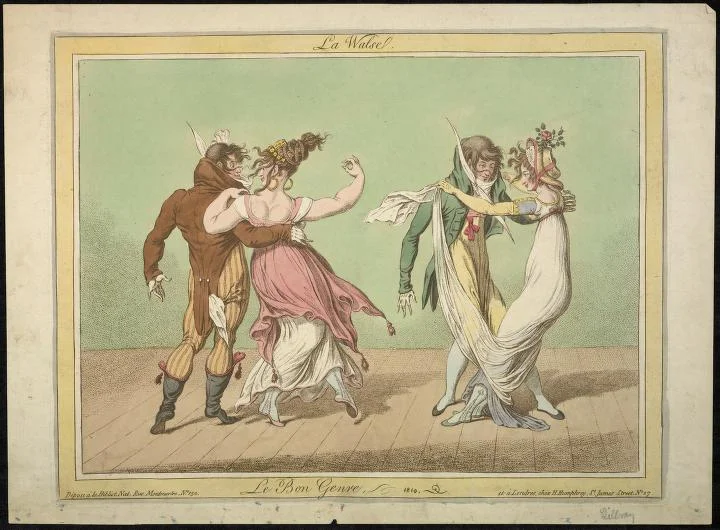Dance as Self-Defense
We use traditional dances to teach the most essential elements of self-defense with joy and exhilaration.
This is the story of re-discovering martial arts games inside of traditional dances,
transcending the limitations of identity and training safely with whole body momentum.
join us in re-claiming this historic source of empowerment.
This Material is Being Expanded to a Book Length Project and is available as a Workshop
Games
European partner dances developed out of martial arts games. When the gentry wanted to learn dueling and other martial skills, they hired a dance master.
Games are the best way to develop spontaneity, which is the very heart of self-defense. Once we re-discover the martial games these dances were based on, we enter a realm of creativity that makes simple dances explode with possibility.
W.A.L.T.Z. Warriors And Lovers Traditional Zeitgeist.
Dance, don't Fight
Dance is the quickest way to develop the emotional maturity necessary for training self-defense. It opens the door to an emotionally safe, caring, and experimental space--an indispensable part of becoming dangerous.
Counter Balancing
With dance, as with self-defense, we don't struggle "force against force," we counter-balance instead.
S.A.M.B.A. Situational Awareness Momentum Balance Activation, is easier to learn as a dance than as a martial art.
Momentum
Self-Defense is more like dance than it is like a sport or competition because dance works with full momentum. Sports focus on domination and control, so naturally they seek to limit momentum. In self-defense, the more momentum the better. Few things feel as exhilarating as counter-balancing with full momentum.
Rhythm
We are rhythmical beings. The songs we know by heart, the ones written on our bones, are a source of freedom. They are also tools of deception and illusion--hooks and ladders--for traps and escapes.
Power of Keeping a Frame
European dance traditions were built on a torso structured for holding a shield in one arm and a weapon in the other. All the power training used in martial arts can be taught faster without all the complex arm movements and footwork typical of Asian styles. Called "keeping your frame," it is one of the greatest short-cuts ever.
Drop Steps and Step Ups
The simple direct footwork of European dance can be used to create a flurry of powerful slaps and off-balancing strikes.
Elbows and Palms
The simple arm positions used in European dance games are perfect for counter-assault. With supportive partners, the chaos of a dance floor full of playful demons is an ideal place to practice counter-assault drills.
Managing Danger
The easiest way to overcome the fear of slapping someone in the face is to practice it while dancing. Traditionally the distance between two dancers, as well as the touching of butts and boobs, was managed by slapping the face. This simple but delightful exercise can release years of pent up silliness--empowering each other to be smarter, stronger, richer, and more beautiful.
Getting Air
Yes, we do this too. Joy is the coin of the realm.
Here is an Interview I did about Dance As Self Defense. What is self defense and how is it related to dance? Authenticity? Sovereignty?







